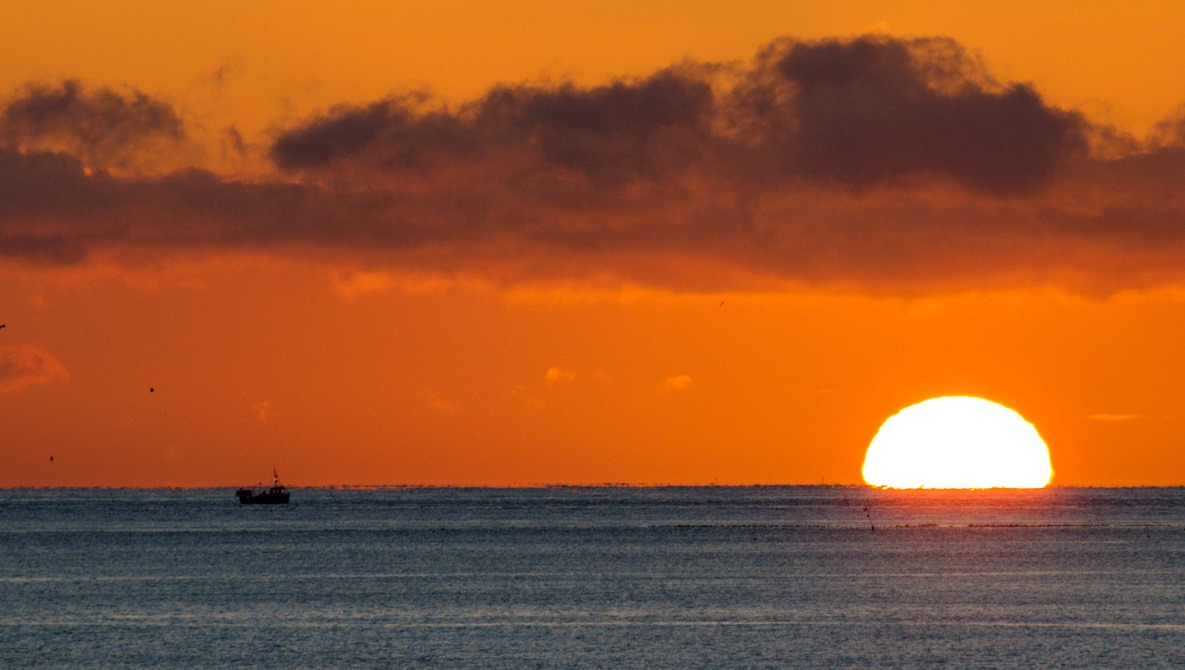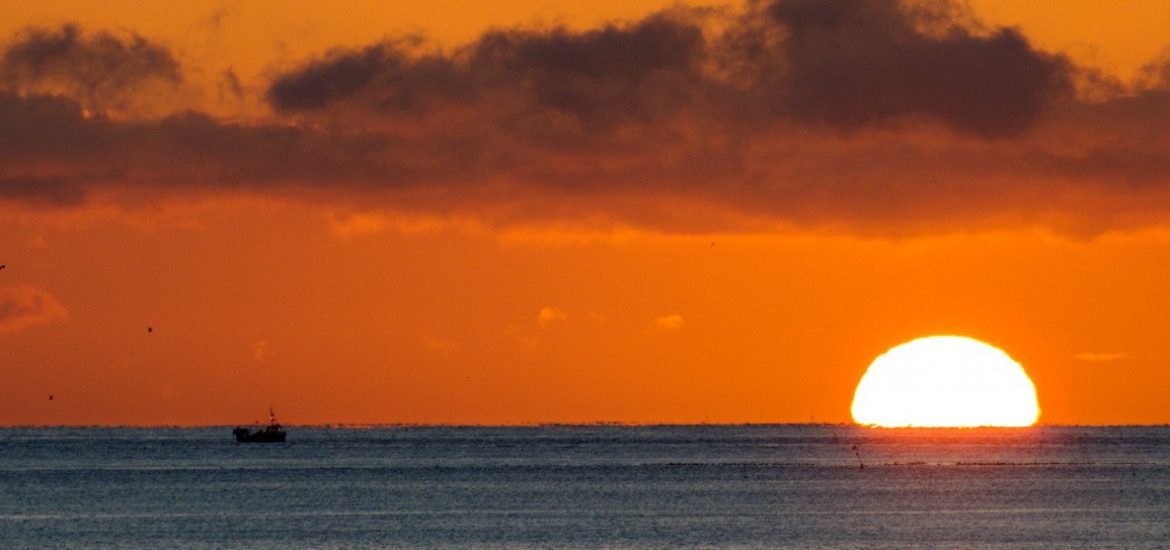
We usually see a photograph as a solitary work, a passing moment in time captured to be examined on its own. However, creating a coherent story through a body of work can lift your photography up to a new level.
There’s much more to creating a photographic essay than grouping together your photos. An essay is the deliberate telling of a narrative through a series of photos that work together, putting across your point of view. Typically, it is something powerful, evoking both potent thoughts and strong emotions.
However, there is so much more to it than a collection of images on a single theme.
Fantastic Essays and Where to Find Them
Photographic essays aren’t necessarily photojournalism. Nevertheless, it was newspapers were places where they first appeared, replacing pages of solid text that was rarely interrupted by the occasional woodblock engraving print. Possibly the original example was the Daily Mirror’s coverage of the siege of Sidney Street, London in January 1911. You can view more of those images here. Together, that collection of photographs told a narrative that shook the country. Almost every significant event since has been recorded in collections of photographs that tell their stories.
Whatever the genre, photos comprising an essay should make sense when viewed together. Furthermore, the entire collection will be more than just the sum of its parts. Take, for example, the Omaha Beach D-Day photos of Robert Capa, or Dorothea Lange’s Great Depression essay, those coherent collections have more meaning than any single one of their images, great though each individual photograph is.
Of course, there have been hundreds of thousands of tremendous collections of photographic stories over the years, and not all of them are by well-known photographers. For example, here in the UK, the Royal Photographic Society’s qualifications rely on the photographers creating displays of their work set out in a way that shows images in a rational order, and other organizations around the world have similar requirements for their awards. Studying them is a great way to discover and learn from other lesser-known but, nonetheless, excellent photographers.
Another good contemporary source of essays is the glossy magazine. Most of those feature series of single-themed photos within each article. Although they are not as abundant as they were twenty years ago, there are still publications that concentrate on specialist subjects, and it’s worth browsing those that interest you.
Wedding Albums are Photographic Essays
The simplest and most common example of an essay is a well-constructed wedding album. Documenting a wedding, contemporary albums often start from the preparation and finish with the bride and groom departing for their honeymoon. Wedding albums, of course, mostly have the same plotline as every other, with just the characters changing with each one, and it would be disappointing if that didn’t happen. But, they are an essay that gives the point of view of the photographer, a point of view that is a happy one.
How to Display Your Essay
Although there is an expectation that wedding albums display images in chronological order, that doesn’t necessarily have to be the case for other collections. Having images that cohere with one another, and progress visually, is more important than the time when they were taken.
Most image hosting websites only allow for the telling of photographic essays by grouping images together in folders or galleries. However, this method has limitations as the display is linear; one image follows another in a strict order. This may work in many circumstances, but there are other options.
In contrast to viewing images online, physical galleries, and, to some extent, photo-books, allow for a non-linear display of your work. Photographs can be exhibited horizontally and vertically, as well as diagonally. One can even display three-dimensionally, with linked photographs sitting opposite or perpendicular to each other. They can even overlap. Furthermore, some photographs can be printed at different sizes, emphasizing relative importance, or showing smaller images as the children of larger ones.
For me, photographs cry out to be seen in print, set free from the constraints of the 2-D screen. Slowly viewing photographs in a gallery and leafing through the pages of a well-made book adds something to the photographs that isn’t there when viewed on a VDU. In print, there’s a feeling of quality, value, and permanence.
With the boom of print-on-demand publishing, it has become easier for photographers to turn their essays into books. The best if these have continuity, and overall narrative, that is not just a collection of photos on a similar theme.
Adding Context With Words
A good essay expresses your opinion. Nevertheless, photographs are open to interpretation. The message you try to put across when you publish them might not be the same as the meaning your viewer reads. That ambiguity is something you want to either embrace or avoid. However, if you want your story to be explicitly clear, then there is nothing wrong with accompanying your photographs with the written word.
Although those words might only be a title, they can go further. You could include a short explanation of what the viewer is seeing, or several hundred words of prose. Alternatively, poems are often illustrated with images, so there is no reason why your photographs cannot be illustrated with your poems. On the other hand, you could use quotes, and even have your images accompanied by songs or music that help add an extra dimension to your photography. (If you are not using your own words or music, please do be aware of copyright restrictions.)
How Many Images Should I include in My Essay?
This is a how long is a piece of string question. You could call a triptych a photographic essay, or, you could publish a book that is 200 or more pages. Answer that question with another: how many photographs will it take to put my story across?
How to Plan Your Essay
Years ago, I used to instruct on leadership courses. We had a mnemonic for methodically planning: NAOMIE. That stood for Needs, Aims, Objectives, Method, Implementation, and Evaluation. Here’s a very simple example showing how it works.
Need
This is why the project should happen
e.g. The Mayor has asked you for a series of photos to highlight the historical importance of your town that he wants to display in the town hall.
Aims
This is a general description of how you will meet those needs
e.g. Your aim is to take a series of photographs telling the story of the historical aspects of our town’s architecture.
Objectives
These are the more precise details of what is required to fulfill the aims.
e.g. You are going to photograph the town hall, the church, the fountain, the war memorial, the old school, the park etc.
Method
This is the precise plan of how you are going to do it.
e.g. Apply for funding from sources X, Y and Z, Aim for three months to complete the project. All photographs are going to be shot in black and white in a 1 x 1 format to give a timeless feel. The photos will be all shot at f/4 and 25mm to give a consistent look to them.
All will be taken within the hour of sunrise. If the light direction is not good at that time, then an hour before sunset will be used instead.
Collaborate with Freda, the local poet, and with Ibrahim, the still life photographer.
Engage with the town’s historical re-enactment society to provide models for the shots. Besides the main photos, five smaller images highlighting features of each edifice. Create prints for the wall of the town hall. Publish the photographs, in a book.
Implementation
Go out and do it.
Evaluation
Ask yourself what went well, what could be improved, were there any new needs for projects that arose from shooting this one.
There are plenty of other planning structures you can follow.
Ideas for Photographic Essays
The most important thing is to create an essay that enthralls you. Do you think there is something worth telling the world about? For example, while moving into landscape photography, the now late Fay Godwin discovered how much of the British countryside was closed off and inaccessible to the public. As a result, she created an outstanding collection of photos entitled Our Forbidden Land. It was a story that she had a passion for telling.
There would be little point in setting out to photograph soccer matches if they bore you silly. However, there is an argument for creating images that challenge your own beliefs: if you are a vegetarian, photograph a beef farm; if you are a Christian, photograph a synagogue; if you are a coal miner, photograph the effects of climate change.
You probably have a good idea of the topic you want to cover, something you have a passion for. If not, starting with a title is a good way to focus your project. Here are some ideas for Photographic Essays which you can adapt to fit your personal circumstances.
- My Growing Child
- The Same Tree on the Same Day Every Week
- Morning Light on the Mountains
- Independent Shopkeepers at Closing Time
- A Day in a Life
- The Fishing Fleet
- People on the High Street
- Aiming to be Champions
- The Destruction of the Forest
- What I See at Dawn
Photographic Essays to Explore
Here are a few photographic essays available in different formats, from which you might find inspiration.
Wildlife
Ireland’s Wildlife: A Photographic Essay by Mike Brown, Dick Warner
Photo essay: Exposing the Underground Animal Trade by Patrick Brown.
The Badger Diaries by Tesni Ward
Street Photography
Landscape Photography Architectural Photography
Annie Barahona Cultural Landscape Photo Essay
I hope you found that useful. Have you ever created a photographic essay or seen any that you would recommend to me? Is it something you would consider doing yourself, or have done in the past? Please let me know in the comments, it would be great to hear about your work too.
